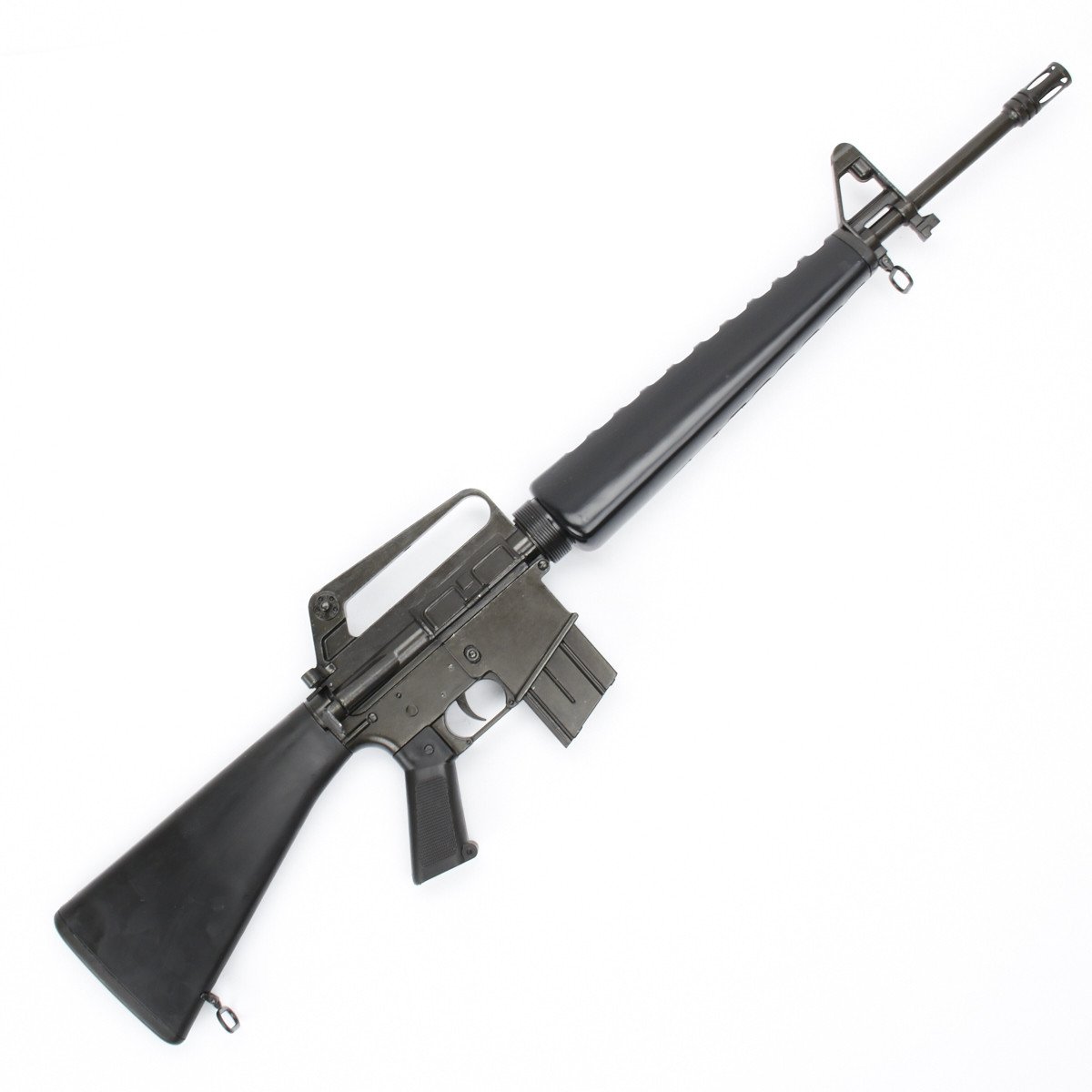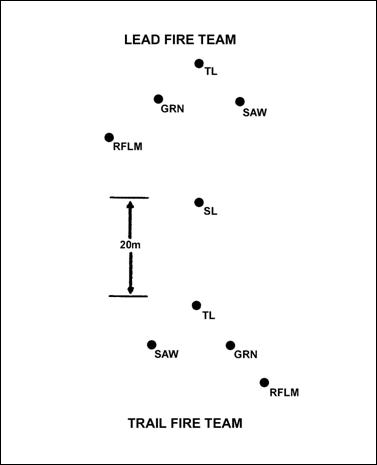This week is all about leadership lab.
We have lab once a week, every Thursday from 1535 to 1730. It’s where we get to do real life, hands on Army training. A lot of the time our lab is in a place we called Area 5, which are the tailgate fields behind the baseball field by Beaver Stadium. We also sometimes go to AO Lion (AO=Area of Operation), which is a big area north of campus with lots of woods and open fields as well. These places are good to have lab because the open spaces and wooded areas give us a lot of room to practice squad movements, land navigation, and other things like that. If the weather is really bad or if we are learning something that doesn’t require us to be out in the field, such as first aid, we will have lab at the Wagner building which is the ROTC building on Curtin Road across from East Halls.
The uniform for lab is always OCPs (Operational Camouflage Pattern), which is the typical camouflage Army uniform.

Oftentimes when we are outside doing more physical things, we are required to wear these equipment vests called LBEs or FLCs mostly so we can keep canteens with us.

If we’re really going hard that day, we’ll have to bring our rucksacks too. This is usually just to practice wearing them during tactical situations, we never actually have to bring things around in the ruck during lab. (Because the ruck is so heavy, there is a metal structure on the back of it that distributes the weight more evenly and makes it more comfortable to wear for long periods of time.)


Lastly, we often carry around fake M4 rifles called “rubber ducks.” We use them during tactical situations to simulate what it would be like to run around with one on a mission. If we have these we have to also wear gloves and eye protection goggles.

We are also expected to have a notepad and paper on the ready in order to take notes on anything that is taught to us. I have a small field notebook that is already filled with information.

The stuff we actually do at lab can vary, but we often do similar things. For example, we had a whole lab on reacting to direct and indirect fire a few weeks ago. Then this past Thursday we had a lab about attacking an objective, but we also went through direct and indirect fire scenarios again. I think this is because those fundamental skills are very important and need to be ingrained in us in order to build more skills on top of them. We are also slightly limited in the things we can train on because of lack of equipment, the large numbers of people, and the amount of time we have just to name a few. But despite of this, the stuff we do learn is very valuable and well-taught.
For an example, I am going to go through the reacting to direct and indirect fire lab (as best as I can).
We conducted this exercise in a squad column, fire team wedge. This is one of the typical formations that soldiers would be traveling in on a mission. This is what it looks like:

The squad leader (SL) would walk in the middle, and the Alpha team leader (TL) and Bravo team leader are at the front of each of their wedges. The rest of the positions are rifleman, automatic rifleman, and grenadier.
If the fire team were to take direct fire, which would be like enemies shooting directly at them, the whole team will yell “incoming” and drop to the ground. The first person to see the enemy will shout out the 3 Ds: distance, direction, description, then everyone else will echo it so the rest of the team knows what’s going on. An example of the 3 Ds would be “1 o’clock, 200 meters, 2 enemies with light arms.” The Alpha team (the one in front) would typically all go line up with the team leader and fire back at the enemy. During this, the squad leader would rush up to both team leaders and tell them what the next course of action will be. Oftentimes the Alpha team will provide fire support while the team leader takes the Bravo team around to assault the enemy. What the squad leader does really depends on the situation, terrain, etc.

Indirect fire would be something like missiles coming down in an air attack. In this case, whoever hears the indirect fire first will shout “incoming” and everyone will drop to the ground. Then the squad leader will yell out a distance and direction for the entire team to run to, called the “rally point.” For example they might say “3 o’clock, 300 meters.” Again, the rest of the squad will echo this and start running towards that place. Once everyone gets there, they get in a circle and provide 360º security around the squad leader.

Once at the rally point, the squad will do a SLLS (stop, look, listen, and smell) for 5 minutes in order to make sure they are safe. Then the team leaders will check on each of their team members with accountability and then a LACE report: liquids, ammo, causalities, equipment. This is to check on everyone’s status and make sure that they’re okay. Once this is complete, the squad leader will radio in the attack to higher leadership. Then if everything is fine, the squad will probably continue on their mission.
This is just a quick overview of the kind of things we do. We have also done things like attacking an objective, how to check enemies after you’ve assaulted, different movement formations and when/why we do them, and more. This is the best time to learn things like this because you’re actually going through it. They often have MSIs and MSIIs take on the leadership position, such as squad leader, while we run through these drills in order for everyone to get experience. Although lab can be a drag because it’s at the end of the day and often out in the cold, I appreciate lab and I know that it’s really important.
